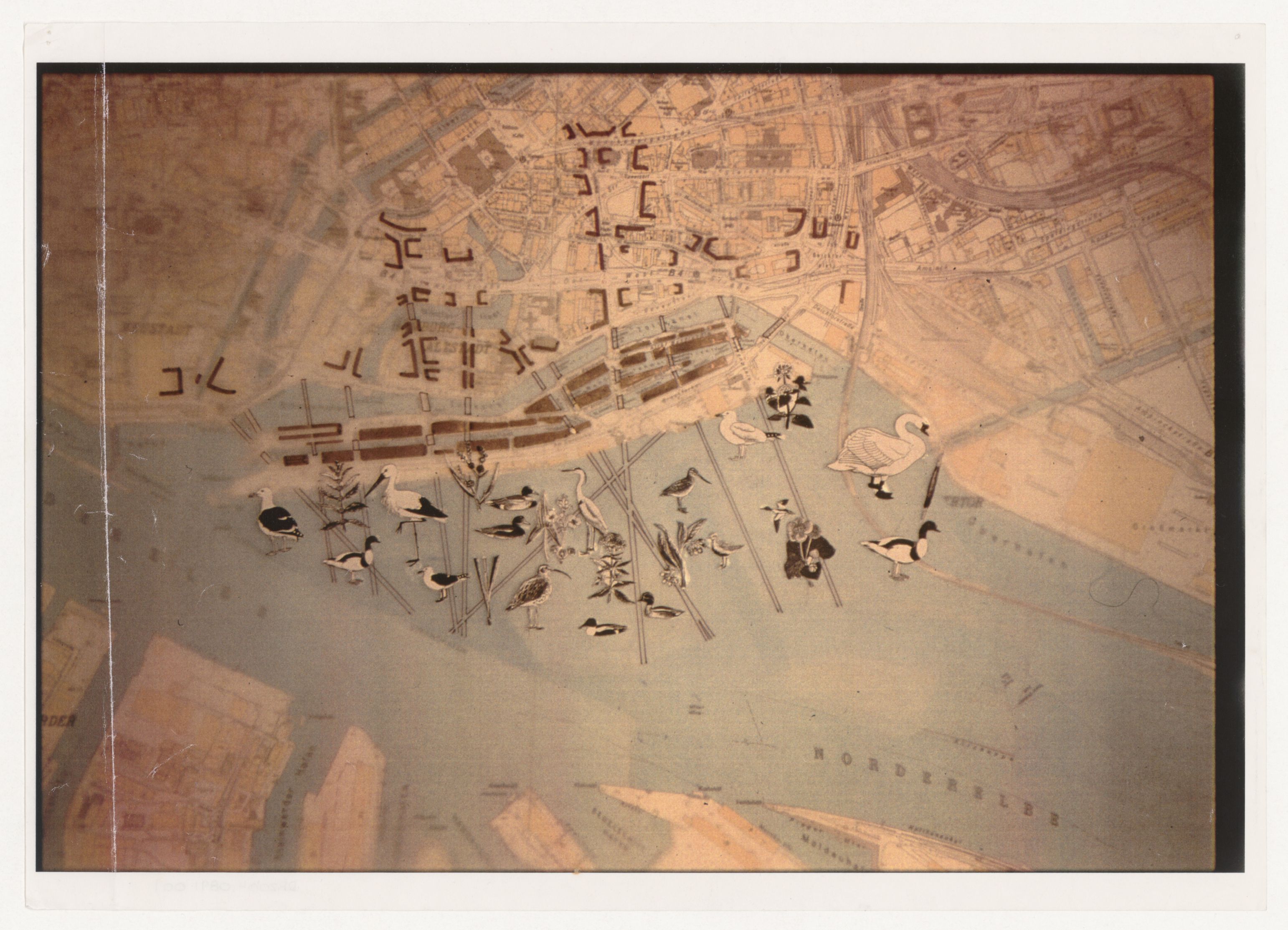Isabelle Stengers, In Catastrophic Times. Resisting the Coming Barbarism (Open humanities Press with Meson Press, 2015), 20.
Ibid., 18.
Ibid., 24. Stengers avoids the term degrowth and instead refers to “objecteurs de croissance” after “objecteurs de conscience,” which translates as “conscientious objectors,” a status (sometimes legalized) referring to someone who objects to military service based on religious, political or moral grounds.
Anna Lowenhaupt Tsing, The Mushroom at the End of the World. On the Possibility of Life in Capitalist Ruins (Princeton: Princeton University Press, 2015), 4.
See for example Isabelle Stengers, “Reclaiming Animism,” e-flux journal 36 (July 2012); Deborah Bird Rose, “Connectivity thinking, animism, and the pursuit of liveliness,” Educational Theory 67, no. 4 (2017); Thom Van Dooren and Deborah Bird Rose, “Lively Ethography. Storying Animist Worlds,” Environmental Humanities 8, no. 1 (May 2016); Donna J. Haraway, Staying with The Trouble, Making Kin in the Chtulucene (Durham: Duke University Press, 2016); Ursula K. Heise, Imagining Extinction. The cultural meaning of endangered species (Chicago: University of Chicago Press, 2016); Vinciane Despret, What Would Animals Say if We Asked the Right Questions? (Minneapolis: University of Minnesota Press, 2016).
Haraway, Staying with the Trouble, 105.
Stengers, In Catastrophic Times, 24.
Ibid., 153.
Ibid.
I first learned about this project thanks to its inclusion in Samantha Hardingham, Cedric Price Works 1952-2003, A Forward-Minded retrospective – Volume 1: Projects (Architectural Association and Canadian Centre for Architecture, 2016).
Cedric Price Architects, memorandum dated 13 July 1990, Cedric Price fonds at the Canadian Centre for Architecture, Montreal (File 153: Duck Land, folder DR2004:0876). Added italics.
Daniel M. Abramson, Obsolescence. An Architectural History (Chicago: University of Chicago Press, 2016).
Ibid., notably chapter 4 “Fixing Obsolescence” (79–106). See also the recent critical analysis by Corinna Anderson, “Good Life Now: Leisure and Labour in Cedric Price’s Housing Research, 1966-1973,” Footprint Journal (Spring/Summer 2019): 11–30; which provides also a good overview of scholarship on (unwanted) affinities between architectural avant-gardes and neoliberalism.
A note on authorship: When consulting the material related to the Ducklands project in the Cedric Price fonds at the Canadian Centre for Architecture, it was not always possible to determine authorship unambiguously. The project initiated at the Bauforum masterclass, but was subsequently further developed within the Cedric Price office. Within the timeframe of publishing this paper, it was not possible to establish, and credit, individual authorship of all ideas developed in those teams. I therefore refer, unless individual authorship is clearly stated, to Cedric Price Architects (CPA) throughout, which allows me to acknowledge both Cedric Price’s presumably strong authorial presence but also the collective authorship of a fluctuating team.
Cedric Price, “Questionnaire nr. 3,” memorandum signed by Price, addressed at the office, dated 2 September 1989, Cedric Price fonds at the Canadian Centre for Architecture, Montreal (File 153: Duck Land, folder DR2004:0877). Capitals in original.
Building Design 1071 (January 11, 1991): 18–21.
As shown by memos and drawings found in the Cedric Price fonds at the Canadian Centre for Architecture, Montreal, including a collaged tourist postcard.
Cedric Price Architects, memorandum dated 31 August 1990, Cedric Price fonds at the Canadian Centre for Architecture, Montreal (File 153: Duck Land, folder DR2004:0877).
Untitled project / conceptual summary, signed by Cedric Price and dated 30 October 1989. Cedric Price fonds at the Canadian Centre for Architecture, Montreal (File 153: Duck Land, folder DR2004:0877).
Building Design, Friday 11 January 1991, nr. 1071, pp. 18-21, p. 19.
Cedric Price, “Anticipatory Architecture”, lecture at Columbia University, New York, November 1995, published in Samantha Hardingham, Cedric Price Works 1952-2003, A Forward-Minded retrospective – Volume 2: Articles & Talks (Architectural Association and Canadian Centre for Architecture, 2016), 460–467, 461.
Untitled project / conceptual summary, signed by Cedric Price and dated 30 October 1989, Cedric Price fonds at the Canadian Centre for Architecture, Montreal (File 153: Duck Land, folder DR2004:0877).
Ibid.
Cedric Price, “Crystal Balls: A Speculation Into Immediate Futures,” lecture at Architectural Association, London, October 31, 1990, published in Samantha Hardingham, Cedric Price Works 1952-2003, A Forward-Minded retrospective – Volume 2: Articles & Talks (Architectural Association and Canadian Centre for Architecture, 2016), 423–434, 432.
See ➝.
“Masterplankonzeption / master plan concept document,” 37, ➝. The masterplan was approved by the Senate Commission for Urban Development, Environment, Economy, and Transport in December 1998, and published in March 1999.
Stengers, In Catastrophic Times, 61.
While the Bauforum format as a precedent for development is recognized in Bauforum editions as recent as August 2019 (see ➝), the only Bauforum 1989 proposals cited in the HafenCity masterplan are those by Kees Christiaanse and Michael Graves. See: “Masterplankonzeption / master plan concept document,” 36, ➝.
I use “reclaiming” following Stengers, drawing from US activists, in terms of “healing operations that would reappropriate what we have been separated from, recovering or reinventing what that separation has destroyed.” Isabelle Stengers, Another Science is Possible. A Manifesto for Slow Science (London: Polity Press, 2018), 121). I recognize such reclaiming effort also in Angelika Fitz and Elke Krasny, eds., Critical Care. Architecture and Urbanism for a Broken Planet(Cambridge: Architekturzentrum Wien and MIT Press, 2019), 12.
I thank Kim Förster for his detailed feedback on a draft version of this paper. Also, the development of this paper coincided with my participation in the Multidisciplinary Research Program titled “Architecture and/for the Environment,” organized by the Canadian Centre for Architecture (CCA) with the support of the Andrew W. Mellon Foundation. I am grateful for the intellectual exchanges during that project that have inspired this paper. I also thank colleagues at the CCA for their support with the consultation of the Cedric Price fonds and the reproduction of images.
Overgrowth is a collaboration between e-flux Architecture and the Oslo Architecture Triennale within the context of its 2019 edition.
